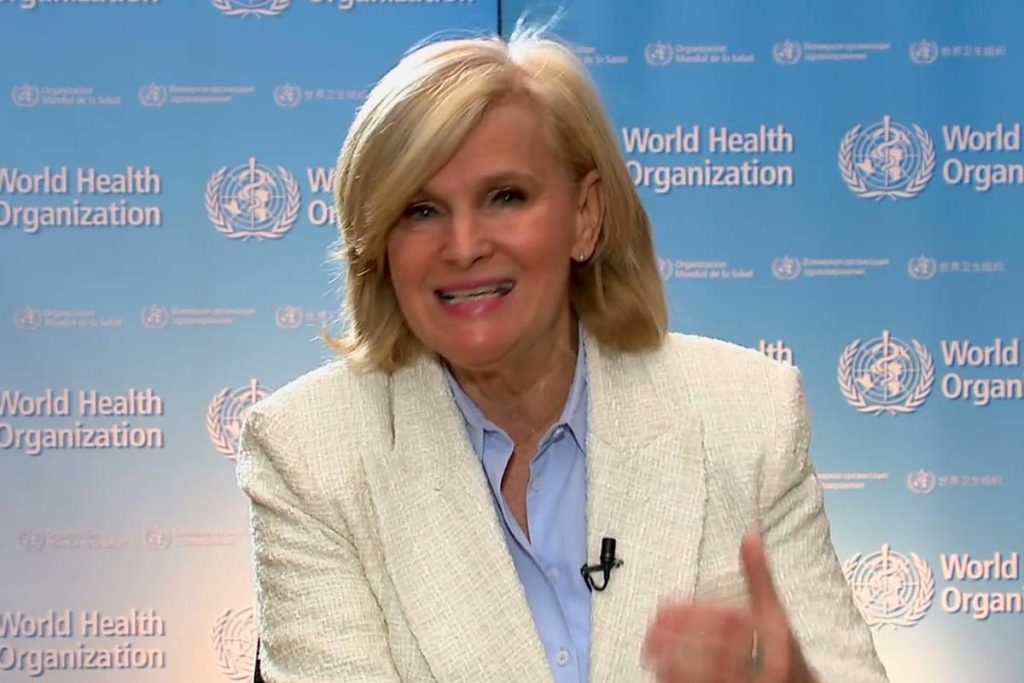Almost 99 percent of the global population breathes air that exceeds air quality limits, and threatens their health, new data revealed by the World Health Organisation (WHO) states.
More than 6,000 cities in 117 countries are now monitoring air quality, but the people living in them are still breathing unhealthy levels of fine particulate matter (PM) and nitrogen dioxide (NO2).
People in low and middle-income countries suffering the highest exposure to unhealthy air, the study added.
The findings have prompted the WHO to highlight the importance of curbing fossil fuel use and taking other tangible steps to reduce air pollution levels.
Released in the lead-up to World Health Day, marked on 7 April, which celebrates the theme “Our planet, our health”, the 2022 update of WHO’s air quality database introduces, for the first time, ground measurements of annual mean concentrations of NO2, a common urban pollutant, and a precursor of particulate matter.
Both groups of pollutants originate mainly from human activities related to fossil fuel combustion.
Meanwhile, the evidence base for the damage air pollution does to the human body has been growing rapidly, and points to significant harm caused by even low levels of air pollutants.

The WHO Director-General, Dr Tedros Adhanom Ghebreyesus (above), said: “Current energy concerns highlight the importance of speeding up the transition to cleaner, healthier energy systems.
“High fossil fuel prices, energy security, and the urgency of addressing the twin health challenges of air pollution and climate change, underscore the pressing need to move faster towards a world that is much less dependent on fossil fuels.”
The WHO Director for the Department of Environment, Climate Change, and Health, Dr Maria Neira (below), commented: “After surviving a pandemic, it is unacceptable to still have 7 million preventable deaths and countless preventable lost years of good health due to air pollution.
“That’s what we’re saying when we look at the mountain of air pollution data, evidence, and solutions available. Yet too many investments are still being sunk into a polluted environment rather than in clean, healthy air.”

Steps governments can take to improve air quality and health
A number of governments are taking steps to improve air quality, but the WHO is calling for a rapid intensification of actions to:
- Adopt or revise and implement national air quality standards according to the latest WHO Air Quality Guidelines
- Monitor air quality and identify sources of air pollution
- Support the transition to exclusive use of clean household energy for cooking, heating, and lighting
- Build safe and affordable public transport systems and pedestrian- and cycle-friendly networks
- Implement stricter vehicle emissions and efficiency standards, and enforce mandatory inspection and maintenance for vehicles
- Invest in energy-efficient housing and power generation
- Improve industry and municipal waste management
- Reduce agricultural waste incineration, forest fires and certain agro-forestry activities (e.g. charcoal production)
- Include air pollution in curricula for health professionals and providing tools for the health sector to engage.
WHO air quality guidelines
Last year, the WHO revised its air quality guidelines to make them more stringent, especially for PM and NO2, a move strongly supported by the health community, medical associations, and patient organizations.
The 2022 database aims to monitor the state of the world’s air and feeds into progress tracking of the Sustainable Development Goals.
Improvement in monitoring of air quality
People living in lower and middle-income countries are the most exposed to air pollution. They are also the least covered in terms of air quality measurement — but the situation is improving.
Europe and, to some extent, North America, remain the regions with the most comprehensive data on air quality.
In many low- and middle-income countries, while PM2.5 measurements are still not available, they have seen large improvements for measurements between the last database update in 2018 and this one, with an additional 1,500 human settlements in these countries monitoring air quality.









